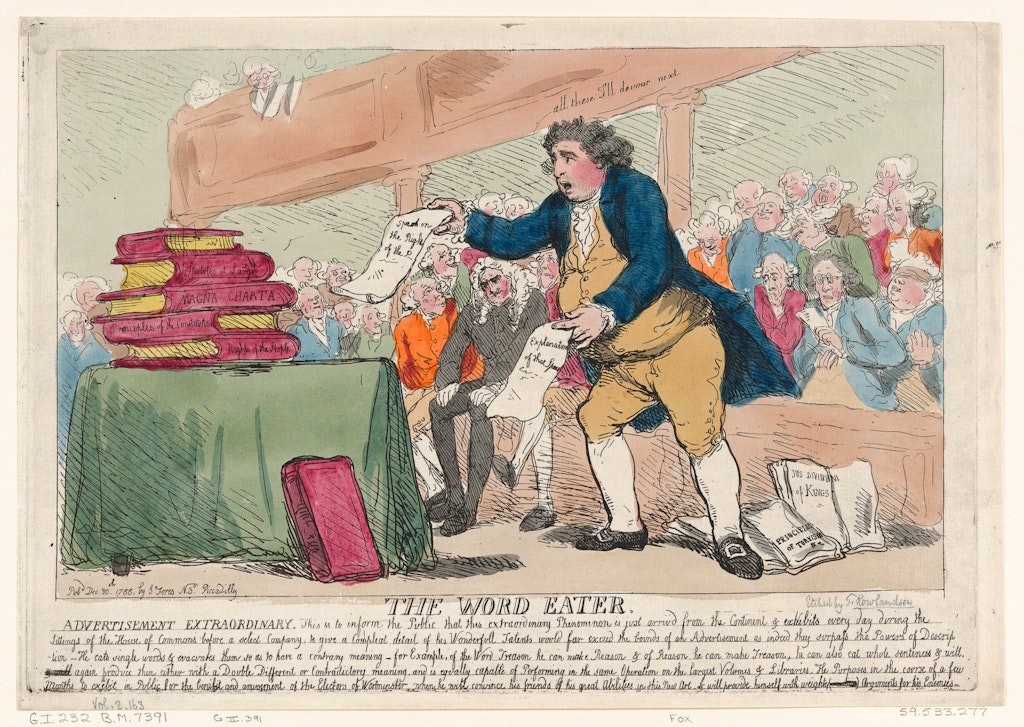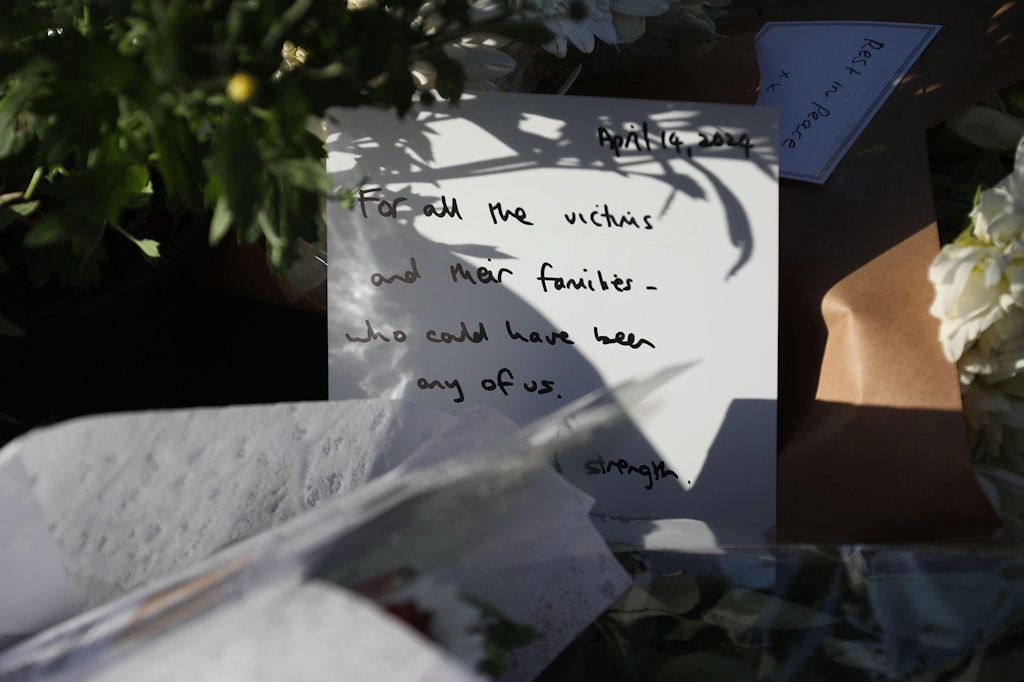Murders for late December
Not all is grim and gloom in the British Library’s Tales of the Weird series
The Exploits of Sherlock Holmes by Adrian Conan Doyle and John Dickson Carr
Into the Darkening Fog: Eerie Tales of the London Weird edited by Elizabeth Dearnley
Weird Woods: Tales from the Haunted Forests of Britain edited by John Miller
Haunted Houses edited by Andrew Smith
Lying in Wait by Liz Nugent

The Exploits of Sherlock Holmes (John Murray, 1954) by Adrian Conan Doyle and John Dickson Carr was an edition of twelve new exploits. One appeared in Life and eleven in Collier’s, all referred to in the Holmes corpus but not yet written out there. The two men did not get on; despite claims made at the time, it is not clear which man wrote which stories. The pastiche of the Holmes stories is close, which both works and poses a problem as there is a slight feeling of a lack of development or bite. The style and tone are those of Holmes at his height, of 1890s’ Holmes rather than the weaker stories of the 1920s. A lot of tobacco is smoked, and there is much rushing for trains, none of which are missed. There can be a sprint back to Covent Garden. Worth reading for those who wish to consider why Arthur Conan Doyle was so good, but also how he created a detective who was so distinctive.
There is a ready slippage from fog to a lack of clarity about people and events
The British Library’s Tales of the Weird series overlaps with its detective novels counterpart. The brief is for the realms of gothic, supernatural and horror fiction, but many of the stories are in practice somewhat grim detective novels. This is especially so with the excellent collection Into the Darkening Fog: Eerie Tales of the London Weird edited by Elizabeth Dearnley (2020, £8.99). Over half of the stories are by women and there is a ready slippage from fog to a lack of clarity about people and events. Lettice Galbraith’s “In the Séance Room” (1893) is a particularly successful account of crime and its revelation, as Dr Valentine Burke’s attempt at status comes unstuck. In “The Truth, the Whole Truth, and Nothing but the Truth” (1873), Rhoda Broughton uses letters to present the story. Marie Belloc Lowndes’ 1911 short “The Lodger” tests out her Ripper account prior to the 1913 novel.

Weird Woods: Tales from the Haunted Forests of Britain edited by John Miller (2020, £8.99), is a sister volume, with some spooky mysteries, notably “The Whisper in the Wood”, an anonymous work published in All the Year Round (1880) relating to Wistman’s Wood, which is now a busy tourist site. Edith Nesbit’s “Man-Size in Marble” (1887) juxtaposes a modern fashion for rational explanation and a more puzzling account of death. The latter is also to the fore in E.F. Benson’s “The Man Who Went Too Far” (1904). Gertrude Atherton’s “The Striding Place” is a powerful account of a deadly river.

Not all is grim and gloom in this series. The puzzle in Charlotte Riddell’s Fairy Water: A Christmas Story (1873), which is one of her two stories in the Haunted Houses edited by Andrew Smith (2018, £8.99) is witty, thanks in part to her pompous narrator. The Gothic novel appeared long absent: “dirt, dust, damp, mildew, are the usual tenants of concealed apartments nowadays.”
Liz Nugent’s Lying in Wait (Penguin, 2016, £8.99) is an excellent story, with the malign Lydia dominating all from the murder at the outset to the brilliant surprise at the close. Told by several narrators, with each voice captured very ably, this is also an account of social difference, inter-generational tensions, changing Ireland and the pressures of motherhood. Above all, it is a great plot.
Enjoying The Critic online? It's even better in print
Try five issues of Britain’s newest magazine for £10
Subscribe
















